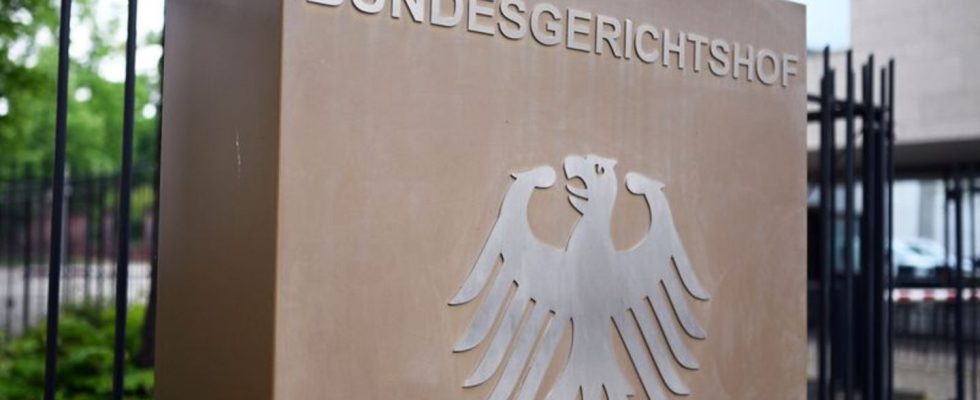processes
Nazi looted goods database: art collector has to accept entry
The Federal Court of Justice in Karlsruhe. photo
© Uli Deck/dpa
Through an exhibition in Baden-Baden, an art collector learns that one of his paintings appears in a database for potential Nazi loot. He complains through the instances up to the BGH.
If a work of art is listed in the Lost Art database for possible Nazi looted property, according to a judgment by the Federal Court of Justice (BGH) does not automatically constitute a blemish on property. As long as the alleged facts are true, the owner must accept this, the fifth civil senate found. (Ref. V ZR 112/22)
The art collector sued the authorities against the administrators of the estate of a Jewish art dealer without success. In order to have the entry deleted, he could also take action against the operator of the database, the German Lost Art Foundation based in Magdeburg, said the presiding judge Bettina Brückner in Karlsruhe.
The foundation must decide whether to publish a search report and whether or when to delete it again. “It is your responsibility to monitor continued compliance with the purpose of the publication and to ensure that maintaining the publication continues to be justifiable to the owner of the artwork,” the Supreme Court said.
Purpose of the Lost Art Database
The database is intended to document cultural assets that were confiscated from Jewish owners in particular under the Nazis – or for which such a loss cannot be ruled out. According to the information, previous owners or their heirs should be brought together with current owners and supported in finding a just and fair solution about the whereabouts of the works.
According to Brückner, this had failed in the present case. The plaintiff had acquired the “Calabrian Coast” by the painter Andreas Achenbach (1815-1910) at an auction in 1999 – there is no doubt that it was the rightful owner. However, the painting had previously belonged to the Jewish art dealer Max Stern, who was banned from working by the National Socialists, sold the picture and emigrated to Canada.
A Canadian trust manages his estate. Its trustees had a search notice published in the Lost Art database. Since June 29, 2016, the picture has been noted with the note “Circumstances of loss reported as cultural property confiscated as a result of Nazi persecution”.
“Plaintiff is in an awkward position”
The art collector found out about it at an exhibition in Baden-Baden. In addition, the criminal police organization Interpol searched for the picture. The man now wanted to reach the courts so that his property would no longer be criticized and the entry deleted.
“The plaintiff is in an awkward position,” said Brückner. Especially in the USA, for example, the painting is likely to be difficult to sell. This is due to the fact that countries deal differently with questions of restitution – i.e. the restitution of unlawfully expropriated cultural assets.
However, the BGH did not see any claim of ownership. According to the judgement, the interest of previous owners or their legal successors and the general public interest in the provenance of cultural assets confiscated as a result of Nazi persecution outweigh the economic interest of the current owner in keeping the true facts secret. At first he did not say whether he now wants to take action against the foundation.
German Lost Art Foundation welcomes verdict
The German Lost Art Foundation announced that it wanted to wait for the detailed written justification for the decision in order to examine any need for action. The verdict itself welcomed it. By operating the database, the center is making its contribution to the Federal Republic’s obligation to come to terms with Nazi injustice.

